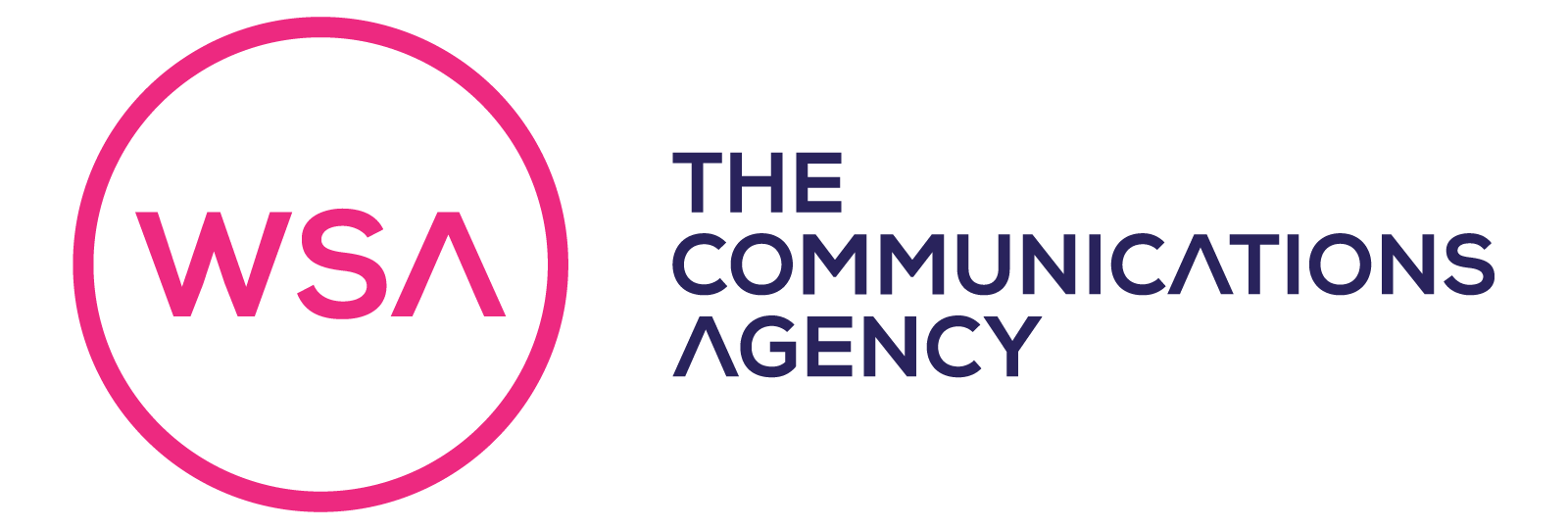A picture is worth a thousand words.
Using images in your marketing strategy can help communicate the emotions you want to convey and how you portray your brand. Since the creation of the emoji in the 1990s they have become a well-renowned communication tool. From funny text messages to cheeky marketing campaigns, the emoji has many applications, read on let’s discover if utilising them in your communications is an appropriate marketing tool for your objectives and goals.
Where it all started…
Emoticons inspired the creation of the emoji, emoticons being the colon close brackets creating the smiley face :). Emoticons were very popular at the time but there were never as many expressions compared to what we have now. In 2011, Apple made the emoji a permanent part of the IOS 5 keyboard as they launched many of the emojis we see today. Over the years, Apple have increased the number of emojis available from happy to sad faces, animals to modes of transport and have included all the flags of the world.
Emojis were created with the intention of adding more realism to the old emoticons, creating relatability for those using them. A recent IOS update allowed users to personalise emojis including skin tones, hair colours and textures to add diversity to content. With emojis being used at almost every opportunity which ones are the most popular? According to a study made by Adobe, 😂, 👍, ❤️, 🤣, 😢 are the five most popular emoji to be used in the UK.
The introduction of emojis appeared to be a catalyst for great change in the way in which people, especially younger generations, communicate with one another. From slang to completely replacing words and phrases with small yellow faces. For example, “LOL” and “haha” has now been replaced with the crying with laughter emoji, 😂.
In doing this, putting an image to words instead creates a sense of relatability. So how marketers use this as a tool to connect with our audience?
Should you use emojis in marketing?
Many brands on social media have started using emojis in their marketing, from Instagram captions to website tabs the uses for emojis are endless. According to a study by WordStream, using an emoji in a Tweet can increase engagement by 25% compared to messages without an emoji.
Emojis can be used to make a brand more relatable, add context to your marketing message and appeal more to the emotions of your audience. More recently, images have performed so much better than standard text-based posts (check out this report by Sendible, a platform that we use here at WSA). This similar engagement theory applies to emojis. Another study created by Meghan Monaghan noted that posts with a visual element produce 650% higher engagement than messages with just a text-based format. Taking out words and replacing them with emojis has worked so well on social media as it adds relatability and creates more humanising content.

Using emojis is a great way to build engagement and get valuable research from consumers of your products or services. Social media is a great platform to do this, using the many different features of Facebook and Instagram you can really get people involved. From a simple poll to a comment on a post, emojis can be a great way to quickly rack up engagements. Pose a question to your audience and give them an option of answers using emojis then watch the comment section grow rapidly!
These fun illustrations have become a recognisable communication tool, so much so that Facebook and LinkedIn have their own emoji-based reaction system, a simple way to share how you feel about a post. This association has somewhat branded them against the typical Facebook demographic, which has become older in recent years, but more on that in a moment.

Don’t over do it!
You may be eager to rewrite all your messages and include an emoji but it’s important to not get carried away. It is important to understand your audience before going crazy on the emoji keyboard and consider brand guidelines. You can still come across as professional using emojis but perhaps be wary of those you use; a kissing face emoji may not work if professionalism is something you want to convey.
It is also worth noting that nothing remains popular forever and there are already some suggestions that emojis are considered outdated or ‘what my parents do’ (never a catalyst for being cool) by younger generations. For many the hype around the use of emojis ‘jumped the shark’ with the Emoji Movie (2017) which aimed to replicate the success of Toy Story and the Lego Movie in humanising these every day accessed animated characters. It bombed.
Emojis used to be a language used exclusively by the young but as they have gotten older, the emoji has grown with them and is now more prevalent in adult society (compare LinkedIn posts over the last decade and see the change). From a marketing perspective then, it is worth considering if your audience has flipped. You may have thought emojis were unprofessional before but now they may encourage interaction, equally you may have thought they gained traction from young people, now it may have the opposite effect.
As with any communications strategy, there is a little trial and error required before you reach the right balance and research will help indicate the best way to talk to your targets, though, words, emojis, videos or otherwise.
Overall emojis can be a great tool to help humanise your content and add a bit of context, if used correctly they can strengthen brand perception, creating empathy and even be used for comedic value. If you would like a further hand on how to further your digital marketing strategy, we would be happy to help! Get in touch today 😊
